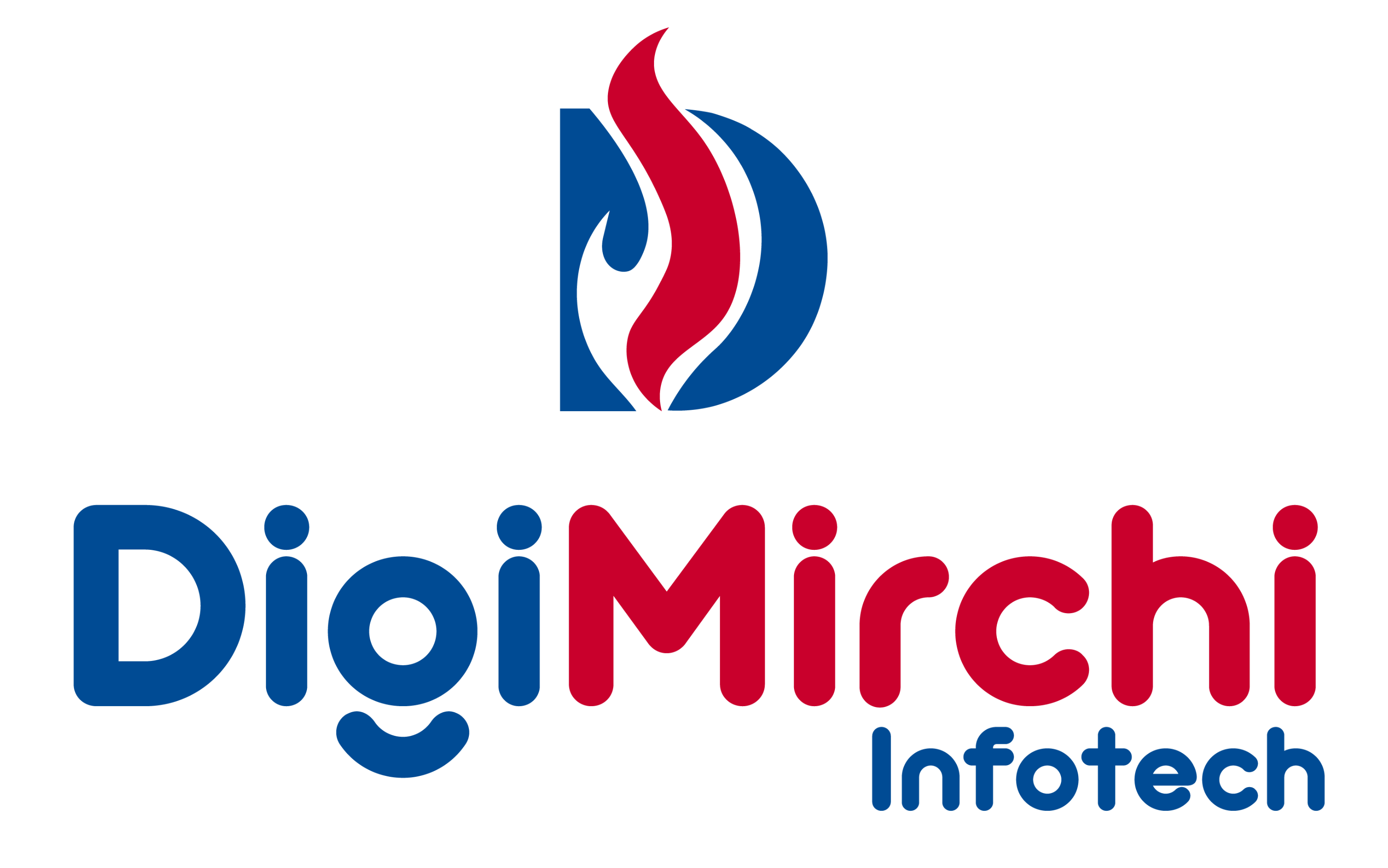Why Cloud Migration Matters in 2025
Cloud migration has evolved from a competitive advantage to a business necessity. Organizations that successfully transition to cloud infrastructure gain unprecedented scalability, cost efficiency, and innovation capabilities. In 2025, cloud adoption is accelerating as businesses seek resilience, agility, and the ability to leverage advanced technologies like AI and machine learning at scale.
However, cloud migration is not simply lifting and shifting workloads. It requires strategic planning, careful execution, and ongoing optimization. A well-planned migration minimizes disruption, controls costs, and maximizes the transformative benefits of cloud computing. Understanding the migration landscape is the first step toward cloud success.
Assessing Your Cloud Readiness
Begin with a comprehensive assessment of your current infrastructure, applications, and business requirements. Inventory all applications, databases, and workloads, categorizing them by business criticality, complexity, and cloud suitability. This discovery phase reveals which workloads are prime candidates for immediate migration and which require refactoring or replacement.
Evaluate your organization's technical capabilities and cultural readiness for cloud adoption. Cloud success requires new skills, processes, and mindsets. Identify skill gaps and plan training programs. Build cross-functional teams that include business stakeholders, developers, operations staff, and security professionals to ensure holistic migration planning.
Choosing the Right Migration Strategy
Rehost (Lift and Shift): The quickest migration approach involves moving applications to the cloud with minimal changes. This strategy delivers immediate infrastructure benefits but may not fully leverage cloud-native capabilities. Ideal for applications requiring rapid migration or those planned for future modernization.
Replatform: This approach makes targeted optimizations during migration, such as adopting managed databases or containerizing applications. It balances speed with cloud optimization, delivering better performance and cost benefits than simple rehosting while avoiding extensive refactoring.
Refactor/Re-architect: Redesigning applications to be cloud-native unlocks maximum cloud benefits including auto-scaling, microservices architecture, and serverless computing. While this strategy requires more time and investment, it delivers superior agility, scalability, and long-term cost efficiency for business-critical applications.
Planning Your Migration Roadmap
Develop a phased migration roadmap that balances business value with technical complexity. Start with low-risk, high-value applications to build confidence and demonstrate quick wins. Use these initial migrations to refine processes and build team expertise before tackling more complex or critical workloads.
Define clear success criteria and KPIs for each migration wave. Track metrics including performance improvements, cost savings, deployment speed, and business impact. Establish governance frameworks to maintain control throughout the migration journey, ensuring security, compliance, and cost management from day one.
Managing Costs and Optimization
Cloud cost management begins during migration planning, not after. Right-size resources based on actual workload requirements rather than over-provisioning for peak capacity. Leverage reserved instances, savings plans, and spot instances where appropriate to reduce infrastructure costs by 40-70% compared to on-demand pricing.
Implement FinOps practices to create cloud cost visibility and accountability. Use cloud cost management tools to monitor spending, identify optimization opportunities, and prevent budget overruns. Establish tagging strategies and cost allocation mechanisms that enable accurate chargeback or showback to business units.
Security and Compliance Considerations
Security must be embedded throughout the migration process, not added as an afterthought. Implement the shared responsibility model, understanding which security aspects the cloud provider manages and which remain your responsibility. Deploy identity and access management (IAM) controls, encryption for data at rest and in transit, and network segmentation from the start.
Address compliance requirements early in planning. Understand data residency regulations, industry-specific compliance standards, and audit requirements. Many cloud providers offer compliance certifications and tools, but you remain responsible for configuring services correctly and maintaining compliance throughout the cloud lifecycle.
Ensuring Business Continuity
Develop comprehensive testing and rollback procedures for each migration wave. Test thoroughly in staging environments before production migration. Create detailed cutover plans that minimize downtime and business disruption. For critical systems, consider parallel running periods where old and new systems operate simultaneously to ensure seamless transition.
Establish robust disaster recovery and backup strategies in the cloud. Leverage cloud capabilities like multi-region deployment, automated backups, and rapid recovery to enhance business continuity beyond what was possible with on-premises infrastructure. Regularly test recovery procedures to ensure they work when needed.
Post-Migration Optimization
Cloud migration is not a one-time project but the beginning of a continuous optimization journey. After migration, focus on improving cloud efficiency through automation, performance tuning, and architectural refinement. Adopt cloud-native services and design patterns to fully leverage cloud capabilities.
Monitor application performance, user experience, and business outcomes continuously. Use insights to drive further improvements and innovations. The cloud's flexibility allows rapid experimentation and iteration, enabling your organization to innovate faster and respond to changing business needs with agility.
Your Cloud Migration Partner
DigiMirchi Infotech specializes in end-to-end cloud migration services, from strategy and planning through execution and optimization. Our certified cloud experts help businesses successfully transition to AWS, Azure, Google Cloud, and hybrid environments. We ensure your cloud migration delivers measurable business value while minimizing risk and disruption. Partner with us to accelerate your cloud journey with confidence.






